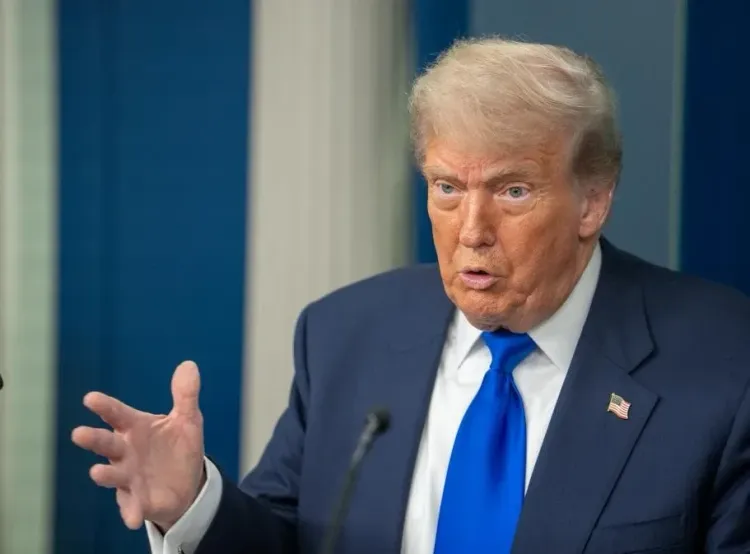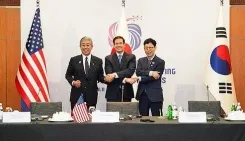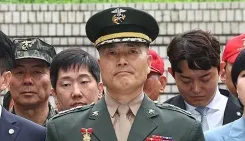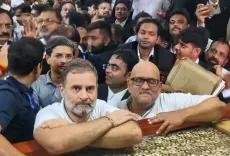Is India Following the US-Indonesia Trade Deal Path?

Synopsis
Key Takeaways
- India is pursuing a trade deal similar to the US-Indonesia agreement.
- Negotiations are underway with an August 1 deadline looming.
- A potential 19% tariff on Indian exports may be implemented.
- Trump's actions against Russian energy imports could impact India.
- Access to new markets is a key focus for the US.
New York, July 16 (NationPress) US President Donald Trump remarked that India is pursuing a trade agreement similar to the one recently declared with Indonesia, which aims to enhance US access to the Indian market.
According to Trump, the arrangement with Jakarta includes a 19 percent tariff on imports entering the US, while exports from the US to Indonesia will remain tariff-free, as he informed reporters in Washington on Tuesday.
“India basically is working along that same line,” he stated. “We're going to have access into India.”
Officials from India and the US are striving to finalize a deal before the August 1 deadline set by Trump, which would prompt arbitrary tariffs if not met.
In addition to issuing letters to various countries and the European Union, threatening tariffs up to 35 percent if agreements are not reached by that date, he has issued a similar warning to India.
It remains unclear whether he was referring to an exact replication of the Indonesia agreement, which could prove challenging for India, or if he anticipates different tariff levels and concessions from India.
Should the US-India trade agreement reflect the Indonesian deal, it would entail a 19 percent tariff on Indian exports with no tariffs on imports from the US.
Trump also mentioned that Russia’s President Vladimir Putin might consent to a peace agreement with Ukraine prior to the 50-day deadline, which could exempt India and other nations from facing the 100 percent punitive tariff he has threatened on Russian energy imports.
When questioned regarding the September 2 deadline, he replied, “I don't think 50 days is very long, and it could be sooner than that.”
On Tuesday, Trump announced decisive actions against Russia due to its ongoing refusal to agree to a ceasefire in the conflict with Ukraine.
One measure includes imposing a 100 percent secondary tariff on countries importing energy from Russia, affecting India and others as collateral damage from actions aimed at Moscow.
The objective of these punitive tariffs on Russian energy importers is to compel them to cease purchasing and to cut off financial resources to Moscow, thereby urging buyers to exert pressure on Russia to negotiate.
Meanwhile, Senate Republican leader John Thune has delayed introducing a bill that proposes a 500 percent tariff on Russian energy importers.
Trump has expressed doubt about the necessity of such legislation when he has the authority to impose sanctions independently.
Regarding the deal with Indonesia and a potential agreement with India, Trump remarked, “You need to understand, we had no access into any of these countries. Our people couldn't go in. And now we're gaining access because of what we're doing with the tariffs.”
He added that Indonesia possesses high-quality copper and rare earth minerals crucial for the US.









